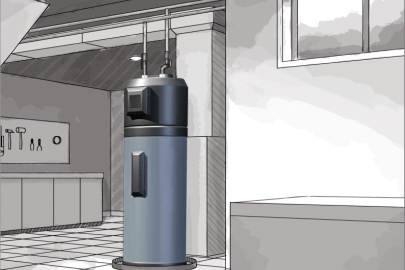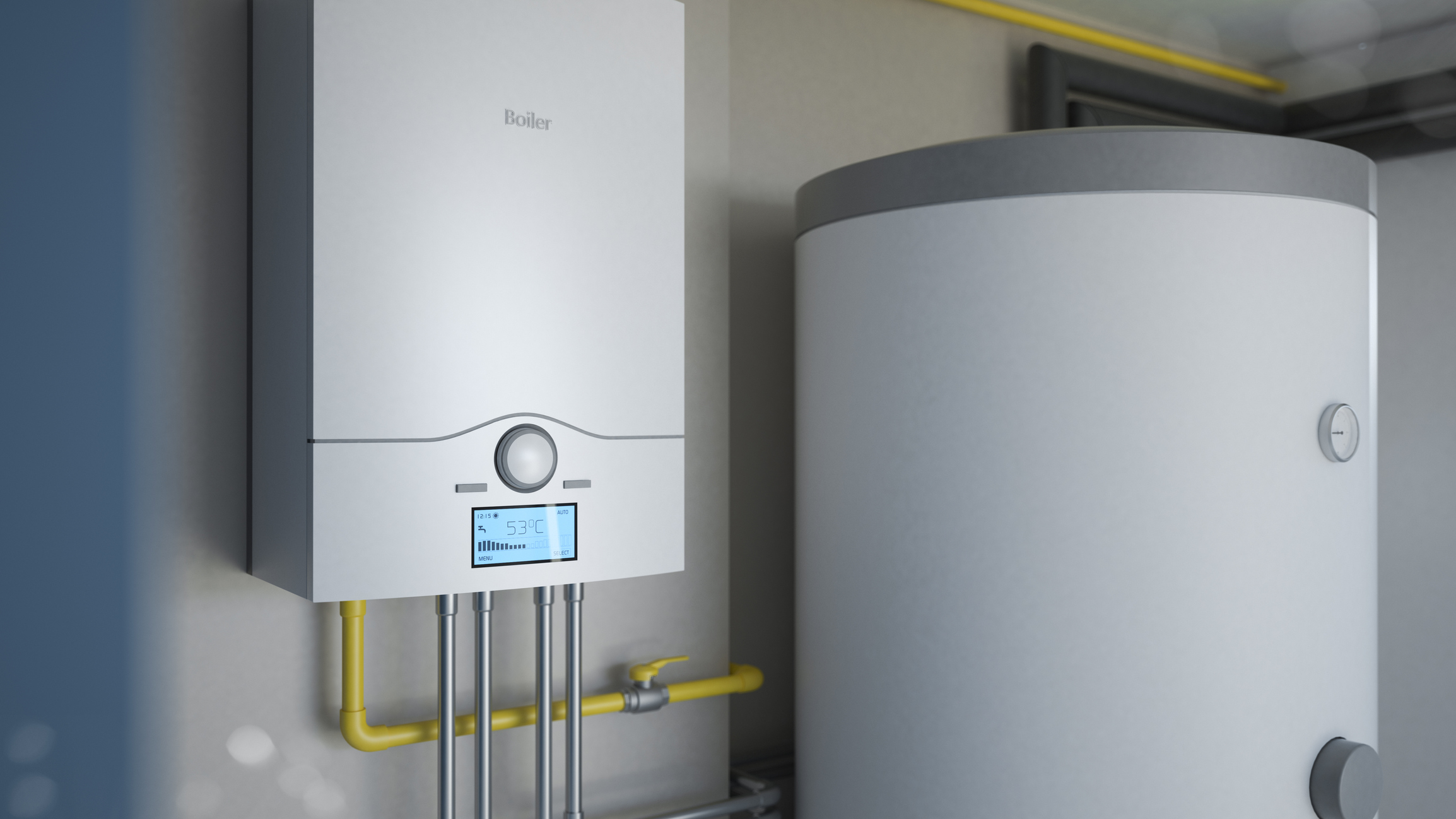Effective Techniques for Maintaining Your Home's Hot Water SystemEffective Techniques for Maintaining Your Home's Hot Water SystemStraightforward Ways to Care for Your Home's Hot Water System Properly
Effective Techniques for Maintaining Your Home's Hot Water SystemEffective Techniques for Maintaining Your Home's Hot Water SystemStraightforward Ways to Care for Your Home's Hot Water System Properly
Blog Article
How do you really feel with regards to What Kind of Maintenance Do Water Heaters Need??

Hot water is essential for day-to-day comfort, whether it's for a revitalizing shower or washing dishes. To guarantee your hot water system runs effectively and lasts longer, regular upkeep is essential. This post offers practical pointers and insights on exactly how to maintain your home's hot water system to avoid interruptions and pricey repair work.
Intro
Keeping your home's warm water system might seem complicated, yet with a few basic actions, you can ensure it runs efficiently for several years to come. This guide covers whatever from recognizing your warm water system to DIY maintenance tips and understanding when to call professional help.
Significance of Keeping Your Warm Water System
Normal upkeep not just expands the lifespan of your hot water system yet additionally ensures it runs successfully. Ignoring upkeep can lead to reduced effectiveness, greater power expenses, and also early failing of the system.
Signs Your Hot Water System Needs Maintenance
Recognizing when your hot water system requires interest can protect against significant issues. Look out for signs such as irregular water temperature level, weird noises from the heater, or rusty water.
Understanding Your Hot Water System
Before diving right into maintenance tasks, it's practical to recognize the standard parts of your warm water system. Normally, this includes the water heater itself, pipelines, anode poles, and temperature level controls.
Month-to-month Upkeep Tasks
Routine month-to-month checks can aid capture small problems before they escalate.
Purging the Water Heater
Purging your water heater eliminates sediment accumulation, improving performance and lengthening its life.
Checking and Changing Anode Rods
Anode poles stop rust inside the storage tank. Examining and replacing them when broken is crucial.
Inspecting and Readjusting Temperature Level Settings
Adjusting the temperature level setups makes certain ideal performance and safety.
Do It Yourself Tips for Upkeep
You can carry out several upkeep jobs yourself to keep your warm water system in top condition.
Looking for Leaks
Routinely examine pipes and links for leakages, as these can result in water damages and greater bills.
Evaluating Stress Alleviation Valves
Testing the stress relief valve ensures it operates properly and avoids too much pressure buildup.
Shielding Pipes
Shielding hot water pipelines minimizes warmth loss and can save energy.
When to Call a Specialist
While DIY upkeep is valuable, some problems call for expert knowledge.
Facility Problems Needing Expert Assistance
Examples consist of significant leaks, electric troubles, or if your hot water heater is constantly underperforming.
Routine Specialist Maintenance Advantages
Professional maintenance can consist of detailed assessments, tune-ups, and making sure conformity with safety requirements.
Final thought
Normal maintenance of your home's hot water system is crucial for effectiveness, durability, and price savings. By complying with these pointers and knowing when to seek expert assistance, you can make certain a dependable supply of warm water without unanticipated disturbances.
Water Heater Maintenance: The Basics
Maintaining your water heater will ensure it operates efficiently and has a longer lifespan. Neglecting regular maintenance can lead to costly repairs and an even bigger chunk of your savings if you have to replace it sooner than necessary. But there’s good news: Most water heater maintenance tasks are relatively simple and easy for homeowners with basic DIY skills.
Flush the Water Heater
Over time, sediment and minerals can build up in the tank, reducing its efficiency and potentially causing damage. To flush the tank, turn off the power or gas supply, attach a hose to the drain valve near the bottom and open the valve to drain the water until it runs clear. Ideally, flush the tank annually.
Replace the Anode Rod
The anode rod is a sacrificial metal rod that helps prevent corrosion inside the tank. Inspect and replace it every three to five years or per the manufacturer's recommendation. To replace the anode rod, turn off the power or gas supply, drain a few gallons of water from the tank, unscrew the old rod and replace it with a new one. If the anode rod is significantly corroded or covered in calcium buildup, it's a sign the water heater may need to be replaced soon.
Tune-Up
A yearly tune-up can help identify potential issues and ensure your water heater operates at peak efficiency. This typically involves checking the thermostat, burner assembly (for gas heaters) and any other components specified by the manufacturer. During a tune-up, the technician may also clean the burner and adjust the pilot light (for gas heaters) or examine the heating elements (for electric heaters).
How to Maintain Your Water Heater
Insulate the tank. Insulating the tank can improve energy efficiency and reduce heat loss, saving you money on energy bills. You can purchase precut insulation blankets designed specifically for water heaters or use standard fiberglass insulation wrapped securely around the tank. Check the temperature. The recommended water temperature for most households is around 120 degrees Fahrenheit (49 degrees Celsius). Higher temperatures can increase energy costs and potentially cause scalding. Use a kitchen thermometer to check the temperature at the faucet nearest the water heater. Monitor water pressure. Excessive water pressure can strain the water heater and cause leaks or even tank failure. Install a pressure-reducing valve if necessary. The ideal water pressure range is between 60 and 70 PSI (pounds per square inch). Test the temperature and pressure (T&P) relief valve. The T&P relief valve is a safety feature that releases pressure if the tank gets too hot or the pressure builds up too high. Test it annually by lifting the lever and allowing a small amount of water to release. Replace the valve if it doesn't release water or reseal properly. Check for leaks. Regularly inspect the tank, pipes and fittings for leaks or corrosion. Deal with issues promptly to prevent further damage. Even a small leak can lead to significant water damage over time. Consider a tankless water heater. If your traditional tank-style water heater is nearing the end of its lifespan ( typically 10 years), consider replacing it with a tankless water heater. These units heat water on demand, reducing standby energy losses and potentially saving you money on your energy bills. Schedule professional maintenance. While homeowners can perform many water heater maintenance tasks, it's still a good idea to schedule professional maintenance every few years. A plumber or HVAC technician can thoroughly inspect the unit, identify potential issues and ensure it operates safely and efficiently. https://www.homeserve.com/en-us/blog/home-improvement/hot-water-heater-maintanence/

I hope you enjoyed reading our part about What Kind of Maintenance Do Water Heaters Need?. Thanks so much for taking a few minutes to browse our blog post. Enjoyed our post? Please share it. Let other people discover it. I enjoy your readership.
Book Today Report this page